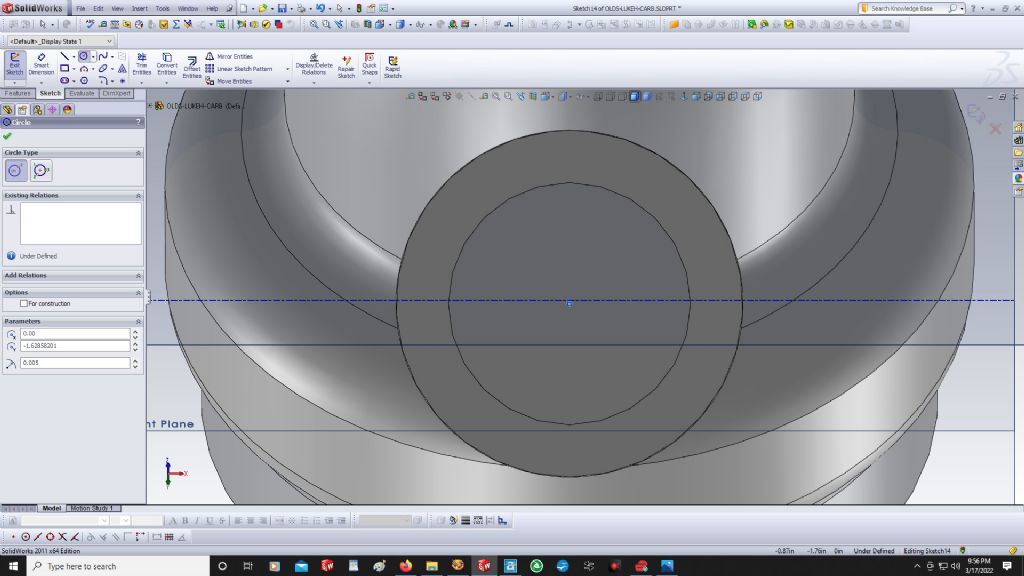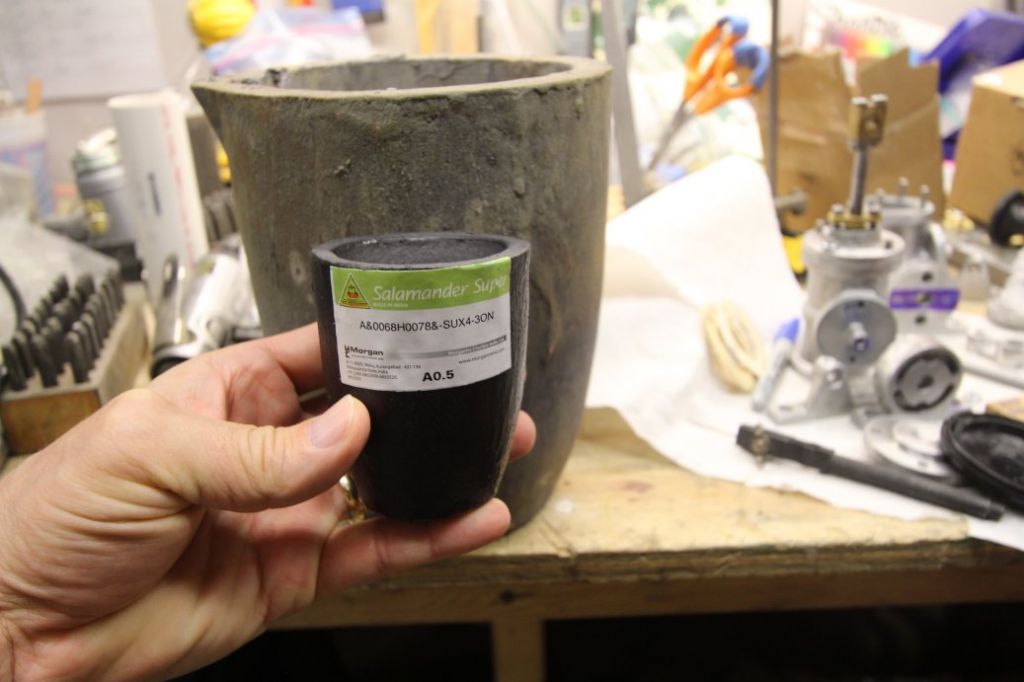Thanks, I have cast a few items in brass, but it is always a struggle to reach pour temperature before you burn off all the zinc. I think some use a cover of various types to keep the oxygen away from the molten brass.
And one must avoid the zinc fumes too, since they will make you ill.
The metal that everyone recommends these days for the non-grey iron parts is silicon bronze.
I don't have any silicon bronze at the moment, and metal prices are over the moon right now, but it looks like I will need to purchase some silicon bronze, enough to make small parts like carbs and such.
My approach to pattern making has morphed over the years.
I originally hand-made all of my patterns from either wood or steel.
As I began to get more familiar with 3D modeling, and then 3D printing, I began to use 3D printed patterns more and more.
I really like to hand-make patterns in wood, but I have a long list of engines that I want to cast, and printing 3D patterns seems to be the most expeditious way to go, in order to get a lot of patterns made quickly.
And sanding wood patterns and cutting the wood generates a lot of dust, which goes everywhere in the shop.
I spray painted my first wood patterns, but I don't like the fumes and mess that a spray can will generate in the shop. Sprayed on paint does not seem to sand all that well either.
I discovered shellac a few years ago, and I really like to use it these days in lieu of paint.
The fumes from shellac are pretty minimal, and most importantly, shellac dries in as fast as 15 minutes (I usually wait at least 30 minutes for a recoat), And shellac seems to sand well, for a smooth finish.
Many use standard paint schemes for their patterns, but much of my work is one-off, and it is not worth the effort to color code things like coreprints, etc.
I am far more concerned with how the castings look and turn out than I am with how the pattern looks.
I have heard of some using volatile chemicals to melt the surface of PLA 3D printed parts, but I am really trying to get away from as many toxic products in the shop as possible. I do have a commercial chemical respirator, but it is a nusiance wearing it, especially during hot weather.
The tiny lines/cracks in PLA prints are surprisingly deep and difficult to fill.
It takes too many coats to try and fill the lines with paint or shellac (for me anyway).
I have resorted to using a sheetrock wall patch compound that is a powder that I mix on demand.
I skim the entire PLA or wood pattern with it, and then sand it smooth.
I can generally smooth a pattern in one go around with patching compound, but the disadvantage is that over time, it may flake off of the pattern.
Bondo is too thick and stiff to sand without damaging the pattern, and the fumes from it are bad.
The next thing I am going to try when I get a bit of time is auto body repair material called "skim coat".
Here is a link to one product; there are many manufacturer's of this material.
SKIM COAT | POLYESTER GLAZING PUTTY
It is a thin flowable polyester glazing compound, used to fill pinholes and other small imperfections on auto bodies. Sands in 15 minutes. It is a two-part system that requires a hardener (unfortunately).
Adheres to multiple surfaces. Non-bleed.
I think a polyester skim coat is the answer to filling the lines on a 3D printed part.
And if applied in a very thin coat, it should be easy enough to sand off most of it off back to the original 3D part surface, while filling the lines.
I don't think skim coat is thick enough to create fillets and such, but I add the fillets in the 3D modeling program, and so all I need the skim coat to do is get rid of the lines.
So that is the game plan at this point.
.
Edited By PatJ on 12/05/2022 02:37:31
 PatJ.
PatJ.











































